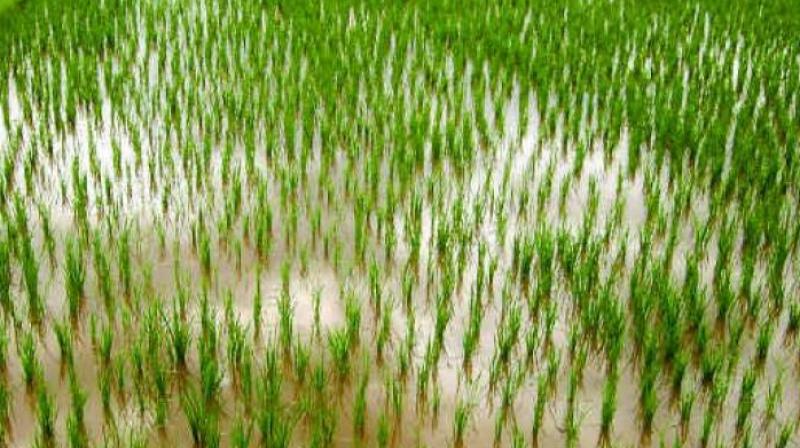So, let's talk green: Green revolution to drying water tables

Two recent scientific observations have Water is the lifeline of the farmer, and no country knows this better than India. India receives 75% of the annual rainfall in three months during the monsoon season. Even a minor shortfall in rain causes immense trouble for farmers and the food security of the nation.
To mitigate this situation, the in 1947 the central government – along with the Rockefeller and Ford foundations –brought the Green Revolution to India. This meant cultivation of genetically adapted, high-yielding seeds, a range of fertilizers, and flood irrigation. Thus was born the era of bore wells – long tubes that went to the belly of the earth and drew the water. They ensured that the farmer did not have to depend on the rain Gods. Today, annual groundwater pumping removes at least 24 times what was consumed in the 1950s.
India’s rainfall has decreased since the 1950s. When rainfall decreases, so does the water table. By observing climate patterns and well depths, researchers found that groundwater storage dropped in northern India about 2 CM per year between 2002 and 2013. Today, groundwater irrigates over half of India’s crops, but aquifer levels are falling, threatening both water and food security.
Bore wells use electric pumps are used to draw the groundwater. Most rural farmers pay a flat fee for unlimited electricity to pump from tube wells, leading to over-pumping.But farmers don’t have the money, tools, or know-how to drill deeper wells that can access sinking water tables. This creates a serious dilemma in areas where levels drop by almost a meter per year.
The same Green Revolution that once sustained India’s growing population is now taking the blame for the cracked and barren landscape that farmers try to cultivate today. According to the World Bank, India’s population tripled since the 1960s, hitting 1.3 billion in 2015. As India continues to battle climate change and overpumping, an equitable distribution for groundwater, if it ever comes, will take considerable intervention.
While farmers use drip irrigation to limit usage, this is not enough, as according to NASA, 54% of India’s measured ground water wells are declining, some by more than 3 feet per year. NASA mapped aquifers around the world between 2002-2013, with the Gravity Recovery Climate Experiment (GRACE), where satellites detects the Earth’s mass below it and uses this data to measure groundwater pumping.
“India also inherited Britain’s water policies that were based on water abundance. Any landowner had the right to pump as much groundwater as they wanted… India doubled agriculture productivity between 1972 and 1992 under this system,” said Trevor Birkenholtz, political ecologist at the University of Illinois Urbana-Chapmaign. “In short, there was no groundwater law.”
What the country needs now is a strong groundwater law, to limit ground water pumping. But this is fraught with problems and to date very few politicians have fought to limit water pumping. Farmers feel that ground water is their birth right. Vote bank politics have also provided no motivation for law makers to address this issue.
Today, India accounts for 4.5 percent of global greenhouse gas emissions. Under the Paris Agreement, the country has committed to generating at least 40 percent of its electricity from renewable sources and decreasing carbon emission intensity related to GDP by 33-35 percent by 2030. This means India’s emissions will likely rise, depending on the level of its economic growth. This will also put tremendous pressure on water consumption, as all sectors in society are increasing their water usage. Will we find the political will to remedy this? Lets hope the warmth of the summer this year provides this.

